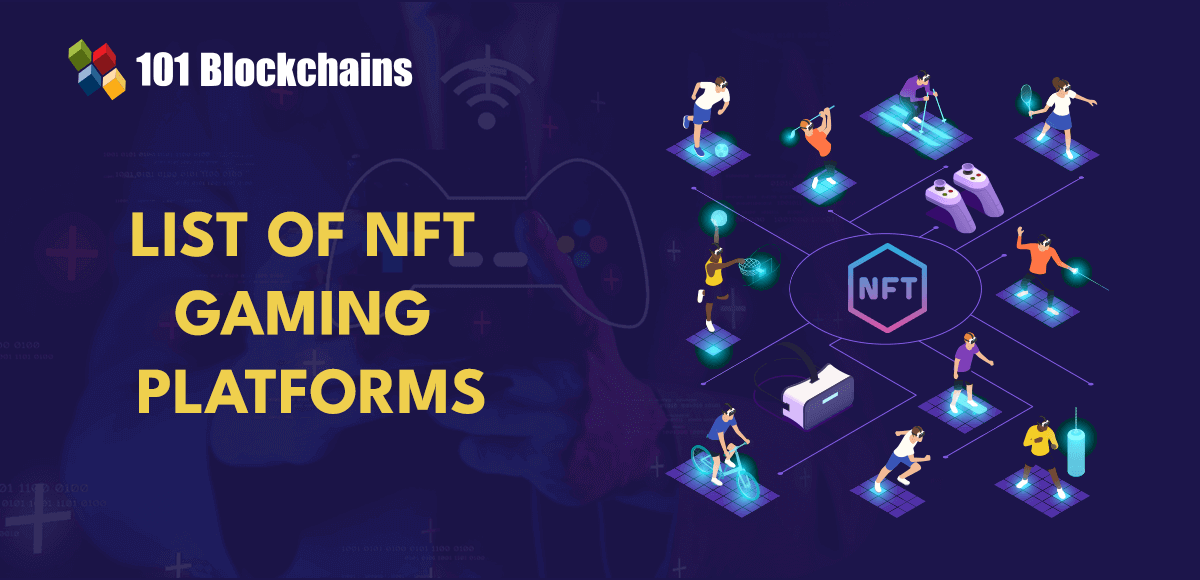You go to the hospital for a routine checkup. When you enter the doctor’s office, reception quickly looks up your electronic health records (EHR) in an app. It includes your latest test results and possible diagnoses. As the doctor examines you, they record their observations and findings into the app with their voice instructions. Once the visit ends, the doctor reviews the AI-generated notes, edits them, and updates your EHR. This is just one emerging application of artificial intelligence (AI) in healthcare. It is revolutionizing the healthcare landscape, from powering healthcare analytics tools and EHR software to helping with drug discovery. How is AI used in healthcare? AI has a variety of applications in the healthcare industry, including:
– Diagnosis
– Medical imaging
– Drug discovery
– Clinical trials
– Patient engagement and care
– Treatment personalization
– Robotic surgery
– Administrative applications
– Health monitoring wearables
To understand better, we got the help of healthcare AI experts around the world. Here’s what they had to say about its current state, future prospects, and challenges. AI adoption in healthcare: 5 current applications
It’s no doubt, generative AI tools like ChatGPT and Midjourney have caught the imagination of common people. But just like the tools changing everyday lives, AI is silently making inroads into the healthcare ecosystem, the industry that literally saves lives. Experts note that while healthcare AI is still in the early stages of adoption, they see a growing interest and investment in this area. “There is a lot of genuine curiosity now around AI adoption in healthcare compared to a couple of years back. I believe it is because, like any other new technology, as awareness grows, so does acceptance, with a healthy dose of cautious optimism.” Neema Jayadas Head of Operations, Aarogya.ai An unprecedented surge in volume, velocity, and variety of data, cheaper computer hardware, and substantial advancements in AI, ML, and large language models (LLMs), have unleashed a wave of innovation in the healthcare industry. “Applying AI in healthcare in the era of big data enables complex patterns and relationships within the data to be discovered algorithmically, which can provide substantial improvement in all areas of healthcare, from diagnostics to treatment,” said Ezinne V.C Onwuekwe, Senior Analyst, at Nova Scotia Health Consequently, there’s also a surge in funding for healthcare AI from venture capital firms and tech companies, alongside healthcare professionals exploring the advantages of its applications. The AI healthcare market is forecasted to grow to $187.95 billion by 2030. That’s a compound annual growth rate (CAGR) of whooping 37% from 2022! According to a recent study by Bain, almost 6% of healthcare leaders have a generative artificial intelligence (AI) strategy today. About 50% are actively developing one or are planning to in the near future. 78% of healthcare industry software buyers say it’s important or very important that the software they buy moving forward has AI functionality. Source: G2 Software Buyer Behavior Report 2023 Jayadas highlighted that several governments engage with AI healthcare companies because they see the real value it can bring. “The use cases and the impact of AI can no longer be ignored by wary critics,” noted Jayadas. AI technologies used in healthcare
AI encompasses many technologies. Let’s start going over the specific set of AI technologies that are of relevance to the healthcare industry. AI technology Purpose Machine learning, deep learning, and neural networks Algorithms that learn from large datasets and make predictions used in diagnostics, treatment planning, and patient risk assessment Natural language processing (NLP) Allows machines to understand and process human language, used in extracting information from medical records and patient interactions Computer vision Enables machines to interpret and analyze visual data used in medical imaging interpretation and radiology. Robotic process automation (RPA) Automates repetitive tasks, like administrative work and data entry to boost operational efficiency Robots Assists with surgical procedures, clinical settings, and logistics within medical facilities. The circumstances that Jayadas pointed out are just the beginning. Following are some exciting areas where healthcare workers are experimenting and adopting AI. 1. Medical imaging and diagnostics Diagnostics is one of the most promising applications of healthcare AI. CT and ultrasound examinations have doubled in the last decade,giving experts evidence that AI-powered medical imaging tools ease the burden of medical professionals while improving the accuracy of diagnosis. Because radiology, pathology, dermatology, and ophthalmology depend on pattern recognition, these fields specifically benefit from computer vision, image recognition, and ML. “AI-based image analysis systems can help radiologists detect abnormalities, prioritize cases, and improve diagnostic accuracy. For example, AI algorithms have shown success in detecting early signs of diseases like breast cancer.” Ezinne V.C OnwuekweSenior Analyst, Nova Scotia Health To give a real-life use case of this, take Google’s healthcare AI project. It has developed advanced AI algorithms that analyze medical images like X-rays and CT scans to detect lung cancer, heart problems, and skin diseases. Its AI-powered app, DermAssist, released in 2021, helps self-diagnose a person’s skin concerns with just a few questions and three quick photos. Source: Google Today, DermAssist is integrated with Google Lens, Google’s image search feature, so you don’t even need a separate app to learn about your skin conditions. Just click a picture via Google Lens and get the information you need. While the app is just for informational purposes and doesn’t provide diagnoses like a doctor, think about the potential these applications will have in the future. To put this in numbers, it’s estimated that using AI in diagnostics can improve patient outcomes by 30% to 40% and reduce treatment costs by up to 50%. 2. Drug discovery and development Developing a new drug typically spans many years, from identifying prospective candidates to getting regulatory approval. Not to mention the multiple, near-relentless challenges companies face before licensing. Discovering drug molecules that’s better than current ones, unexpected failures during trials, and ever-increasing regulatory hurdles for governmental authorization lead to setback after setback. It costs $1 billion to develop and bring just a single drug to the market, and the research and development cost could be as high as $2.5 billion. And still, 9 out of 10 drugs fail safety and effectiveness tests. AI offers to change this and provide a way out. Onwuekwe indicated that AI expedites the drug discovery and development process. “ML algorithms can assist in optimizing drug combinations and have already shown promise in developing new treatments for diseases like cancer, Alzheimer’s, and rare genetic disorders,” she said. Advanced ML algorithms, with deep learning techniques, can sift through vast databases of chemical compounds to hit on probable drug candidates in a fraction of the time and cost of traditional methods. It can help with design drugs, assess safety profiles, and predict how a compound will interact with certain proteins and receptors. Dr. Chetan Kaher, Chief Innovation Officer at Jiva.ai, cited the example of DeepChem, an open-source platform that employs deep learning to anticipate the interactions between drug molecules and biological structures. Even modest improvements in early drug development stages using AI could cut pre-clinical development costs by 20 to 40%, according to Morgan Stanley Research analysts Matthew Harrison and Vikram Purohit. And many pharmaceuticals are already trying to reap the benefits. 200+ startups currently use AI and ML in the drug discovery and design market. Source: CB Insights Insilico Medicine, a drug discovery company, started phase 2 of its clinical trial for medication developed to treat a rare respiratory disorder using generative AI just two and a half years after the project started. To put this in perspective, using traditional methods would have cost the company $400 million and up to six years to reach the same stage. 3. Clinical research As part of the drug development process, clinical research involves a series of trials in several human subjects to assess the safety and effectiveness of a drug. This area shows that capabilities of AI and ML technologies are coming to the forefront. From designing the trial to data collection and analysis, AI advances clinical research. AI in clinical research: Goes through structured and unstructured data from clinical trial databases, EHRs, social media, medical literature, and registries to match individuals to trials. Helps select and classify participants for clinical investigations based on demographic data, clinical data, vital signs, labs, or medical imaging data. Sends automatic medical alerts to trial participants to ensure adherence to medication and treatments. Collects and manages participant data from various sources, including wireless wearable devices.
Source link
























